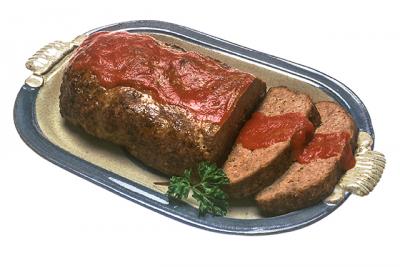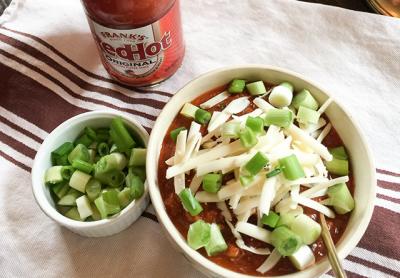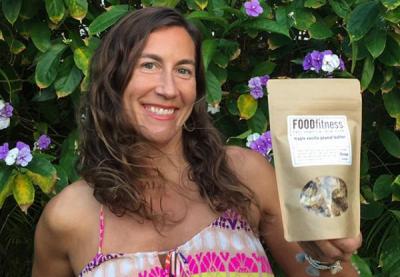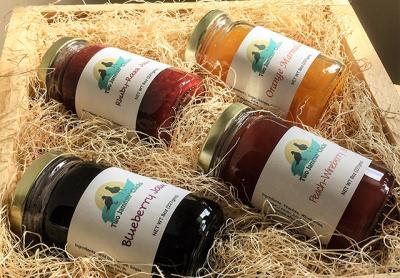Seasons by the Sea: A Sunny Place For Shady People
Seasons by the Sea: A Sunny Place For Shady People
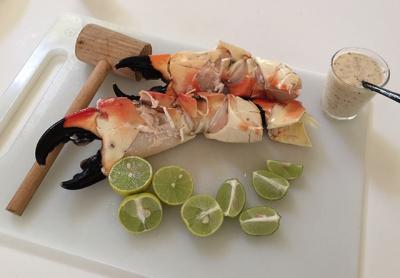
Every time I travel I take copious notes, mostly about food and regional dishes, and wonder how I can adapt these discoveries once I get home. The similarities between Key West, Fla., and Montauk cannot be missed. They both claim the clever title of “a drinking town with a fishing problem,” and each calls itself “The End.” Key West, a.k.a. Cayo Hueso or Bone Islet, has the air of a place people travel to and then just end up staying in. It’s closer to Cuba than to Miami (90 miles), and the influence of Cuban culture can be found in the bread, coffee, and numerous cigar shops. Cuban cigars are not yet legal, but Cuban “seed” cigars are sold everywhere. Cuban bread is generally pretty bland and white, with a soft interior and, hopefully, a lightly crisp crust, making it the perfect bookend for a sandwich of roast pork or fried fish. Cuban coffee is a dark, lively, afternoon pick-me-up, served in tiny specimen cups, thick with sediment and syrupy with sugar.
Some of the fish I have tried are strictly regional and seasonal, stone crab claws and Florida pink shrimp being examples. Nothing compares to either of those two — not Jonah, Dungeness, King, or snow when it comes to crab flavor, or brown, white, or rock when it comes to shrimp.
The pink shrimp are more tender and sweet. Stone crab claws are prohibitively expensive, and the sizes are no longer small, medium, or large. They are now classified as large, jumbo, or colossal. At the only seafood market in Old Town, Eaton Street Seafood Market, the claws range from $33 per pound to $47, and you are mostly paying for the heavy shells. The best ways to eat this, in my opinion, are, first, unadorned, so you can savor the pure and delicate flavor; then with a few spritzes of fresh lime juice, and lastly with a mustard dipping sauce.
Smoked fish is a popular snack in the Keys and seems to be made with random varieties of fish — mahimahi, wahoo, or whatever. These are good on plain water crackers or Cuban crackers, which resemble the hardtack crackers of yore but have a little bit more give to them. Again, have some lime slices to squeeze on the dip. It brings out the smoky flavor, saltiness, and gives it some zip.
Red snapper and grouper are everywhere here, and these two are as close to our flounder, fluke, and striped bass as fish can get. They are mild, white, low-fat, and vary in texture once cooked. I have had amazing fish tacos prepared with both, and have had a fish sandwich so banal it could have come from McDonald’s. Some places use a seasoning mix (Old Bay is popular here); some just throw on some unseasoned bread crumbs.
There are 17 types of snapper around the world. Red, blackfin, and yellowtail are the most common in the west and south Atlantic and the Gulf of Mexico. Grouper, whether red, black, or gag (also called gray or grass grouper), tastes like a cross between halibut and bass and cooks up firm. Both these types of fish can be fried, broiled, grilled, stewed, and souped. They are somewhat pricey, averaging $23 per pound. The 2016 Seafood Watch report classifies both as “good alternatives,” but warns that grouper has an elevated level of mercury, so don’t eat too much!
Key lime pie can be found everywhere. It ranges from the show-off slice at Blue Heaven, with a towering pile of meringue, to chocolate-dipped (can’t bring myself to try this yet), to the best piece I’ve sampled, layered with a thin sliver of guava paste in the middle.
When my brother Sherman arrived from Key Biscayne for a few days, he kept remarking on how much Key West reminded him of Sag Harbor: the closely spaced old conch and “eyebrow” houses, similar to saltboxes, the waterfront with schooners and yachts, and the eclectic restaurants. We explored the lighthouse, Hemingway’s house, and took a sunset sail on the America 2.0, a replica of the original America’s Cup winner of 1851. Fun fact: This schooner won the race because it was modeled after the fastest crafts of the time — New York Harbor pilot boats!
By his second day, partly spent wandering the streets alone, Sherman admitted that there were some creepy, rundown aspects of the island that are not so charming. He was ready to go home. It is indeed a sunny place for shady people . . .
January in Key West is windy and bug-free, with temperatures ranging from 60 to 80. It was pure luck that my trip coincided with pink shrimp and stone crab season.
There were also two noteworthy events taking place. The Key West Literary Seminar focused on “Revealing Power: The Literature of Politics.” What could be a better and more timely subject as our current political climate is leading us down the road to perdition? Also, the Key West Seafood Festival was held over the weekend, offering a chance to sample yet more shrimp, stone crab claws, and conch fritters. (Conch fritters are just a way to make tough, relatively tasteless conch meat palatable by beating the heck out of it and turning it into hushpuppies.)
I have yet to go to the Mallory Square sunset celebration or ride the conch trolley or lazily observe reefs from a glass-bottomed boat. But I have met some characters, made new friends, gotten some recipes and the family discount from my favorite haunt, Nine One Five, and helped create a spicy new cocktail at the Orchid Bar. These are worthy little accomplishments here in tiny Key West.
Click for recipes

